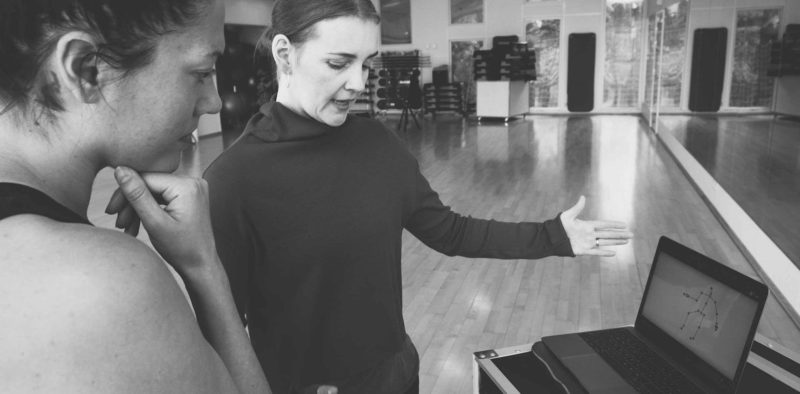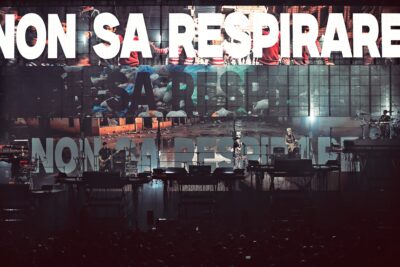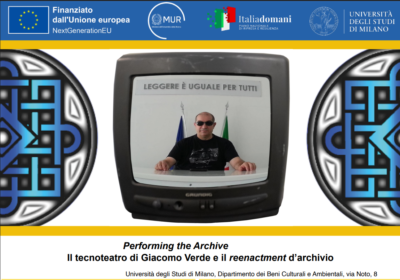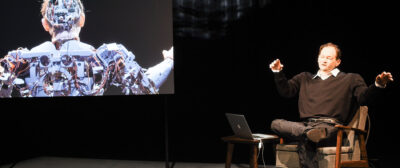Choreographer Louise Crnkovic-Friis, Stockholm, Sweden
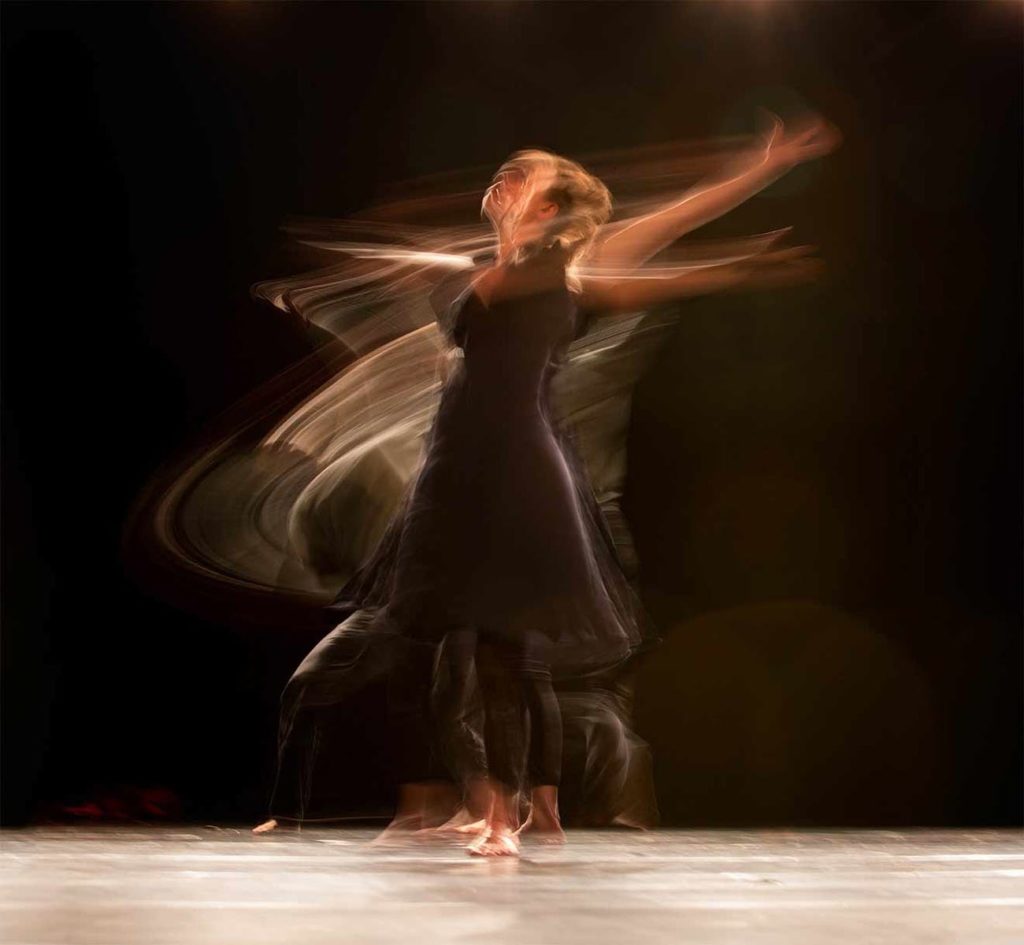
In 2015, Louise challenged her husband, Peltarion CEO Luka Crnkovic-Friis, to find an AI application which could be incorporated into her work and further strengthen the process of creating new choreography. Naturally, she had her doubts as to whether this process would be possible at all. “Dance is so abstract, so individual,” Crnkovic-Friis recalls. “I wasn’t sure the system would be able to get even close to creating something which could be useful for me in my work. But of course, I was very curious to find out.”
Teaching a computer to generate world-class dance choreography sounds especially difficult because it’s not easy to describe dance in the first place, even to other humans. As dependent on style and emotion as it is technique, the syntax of dance has never been clear cut for humans, so why should it be for machines?
The only way to find out was to try, and like any AI project, the work started with gathering data points. Using an inexpensive Kinect V2 sensor, the data scientists collected raw movement data from the choreographer dancing her own pieces. “My job was in producing the data,” she says. “Dancing for several hours at end in front of the Kinect sensor allowed for the choreographic material to be recorded.”

